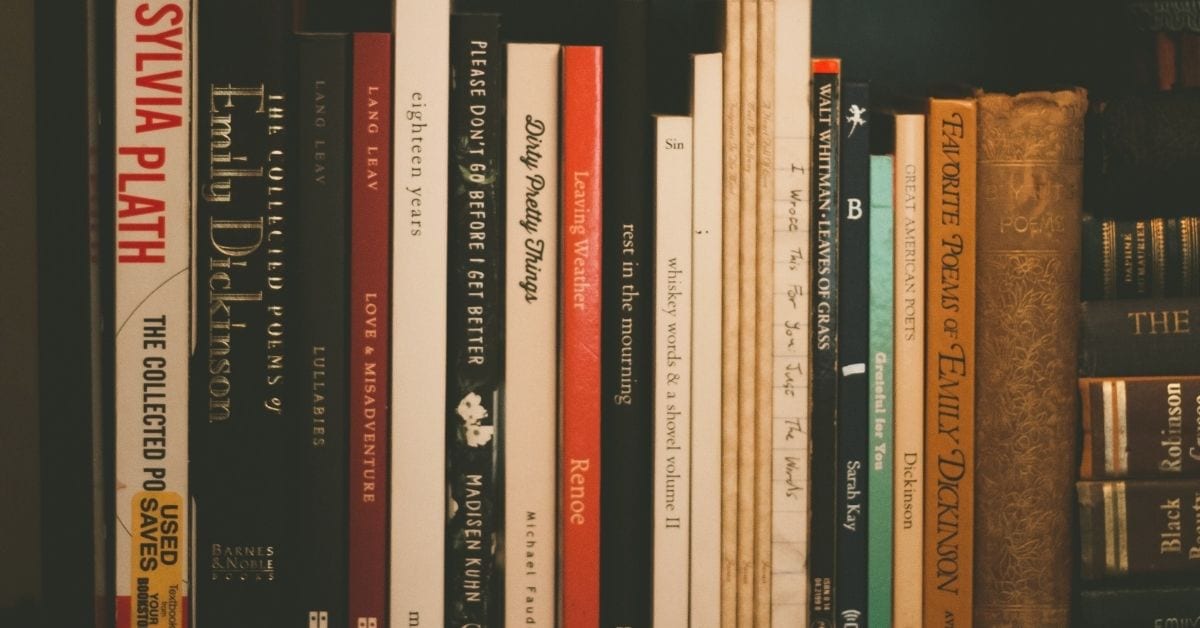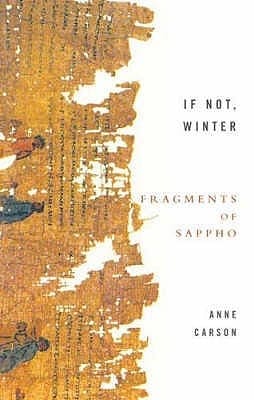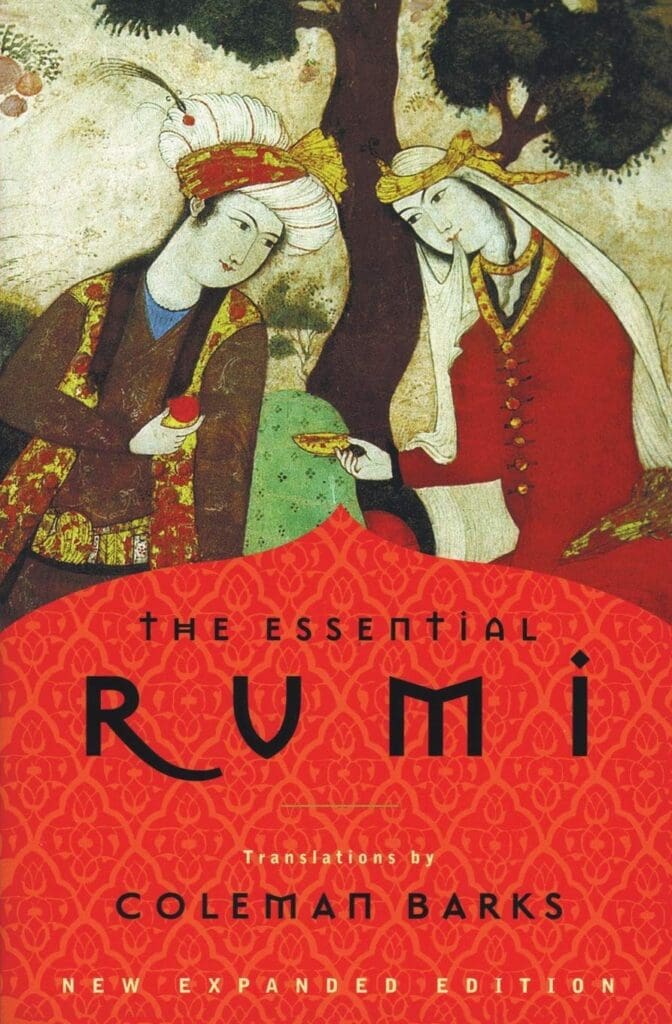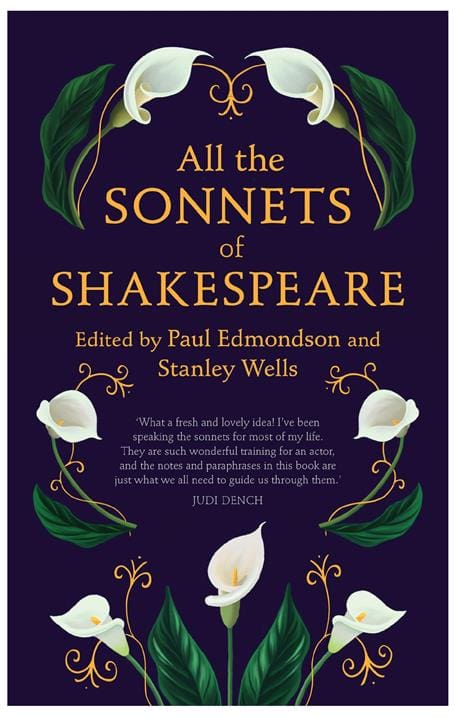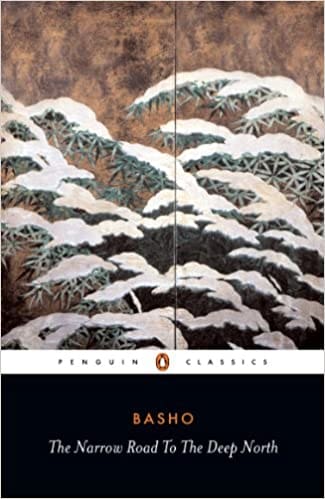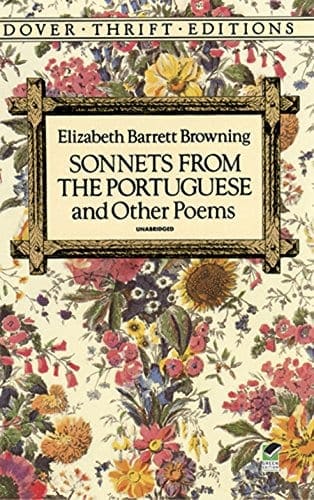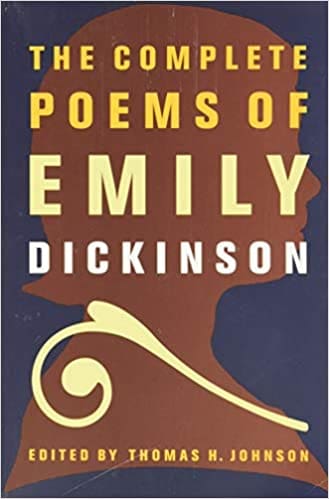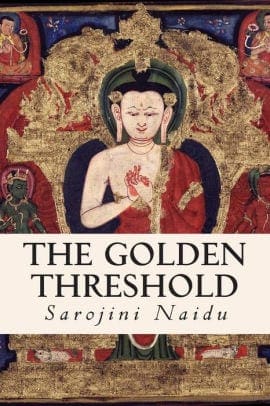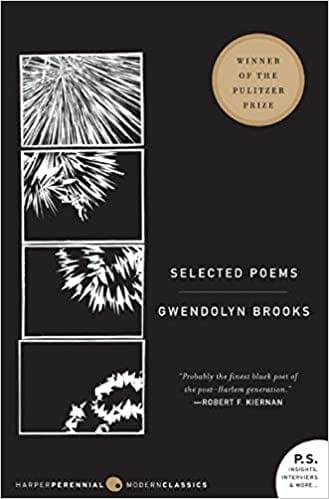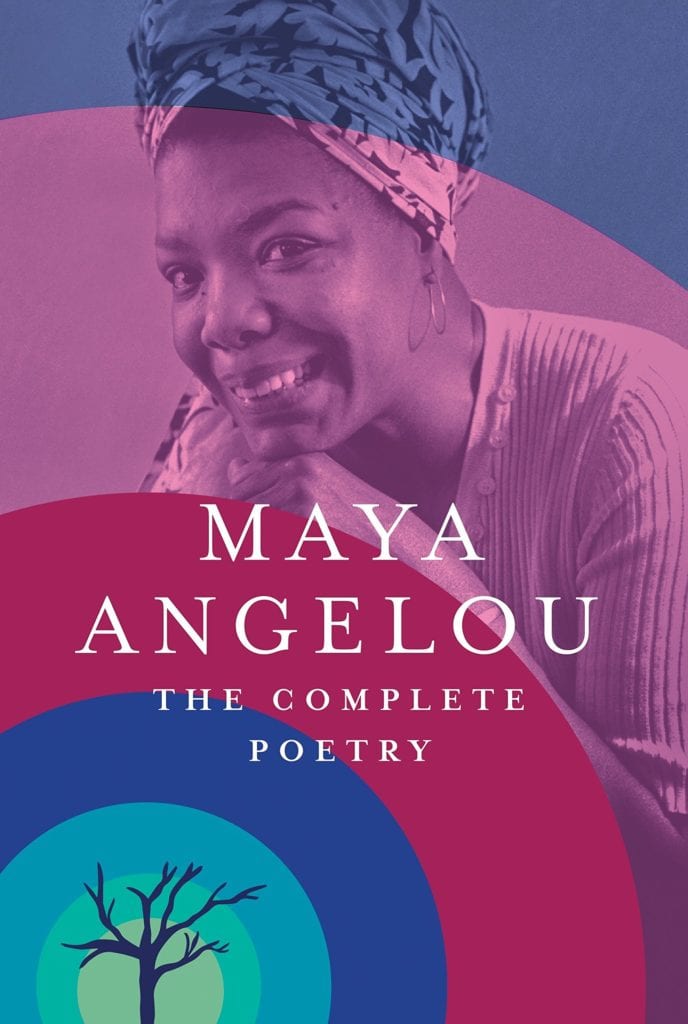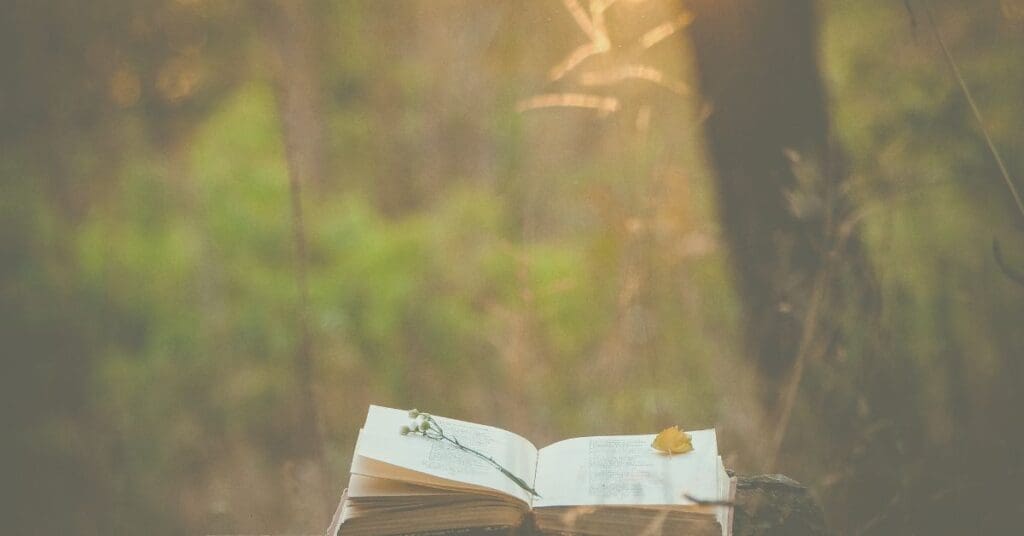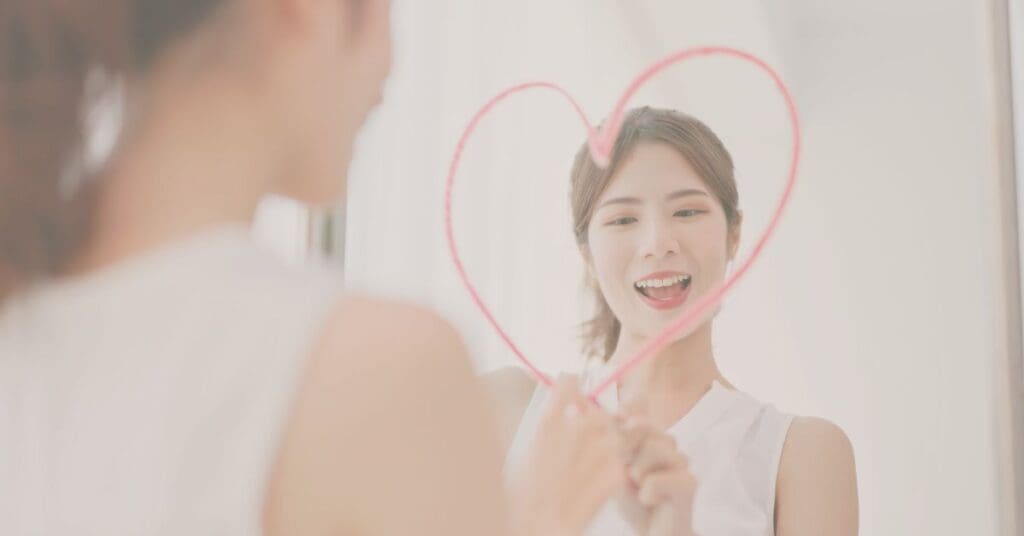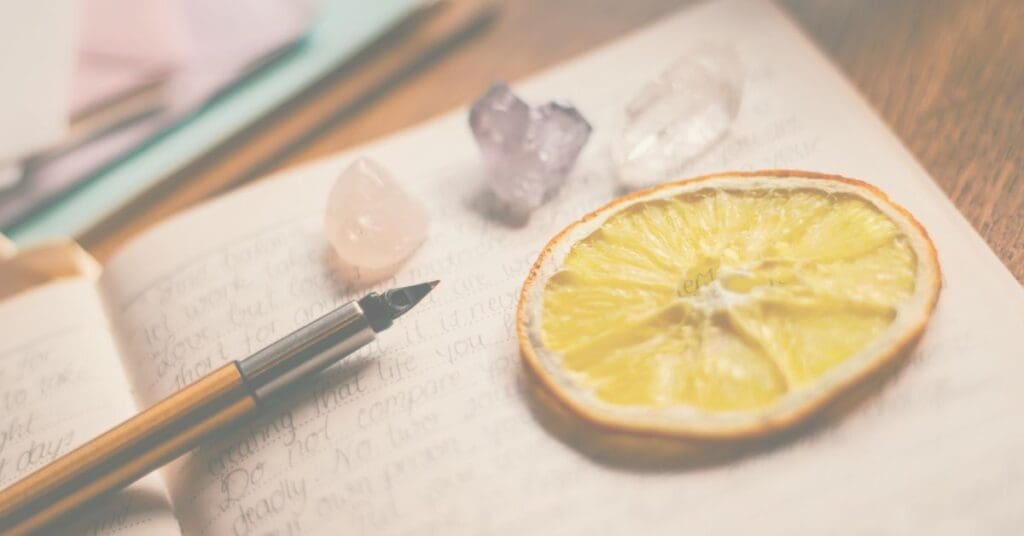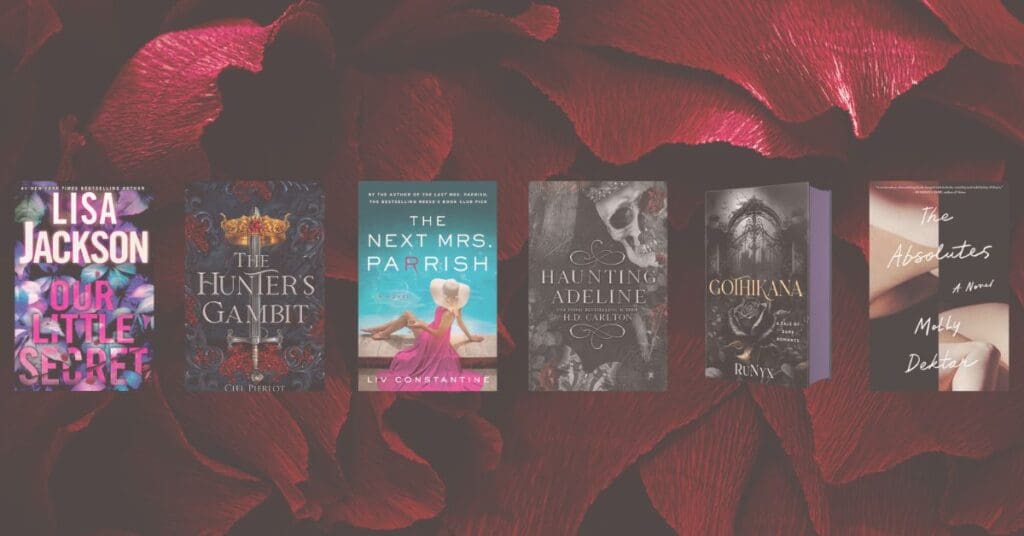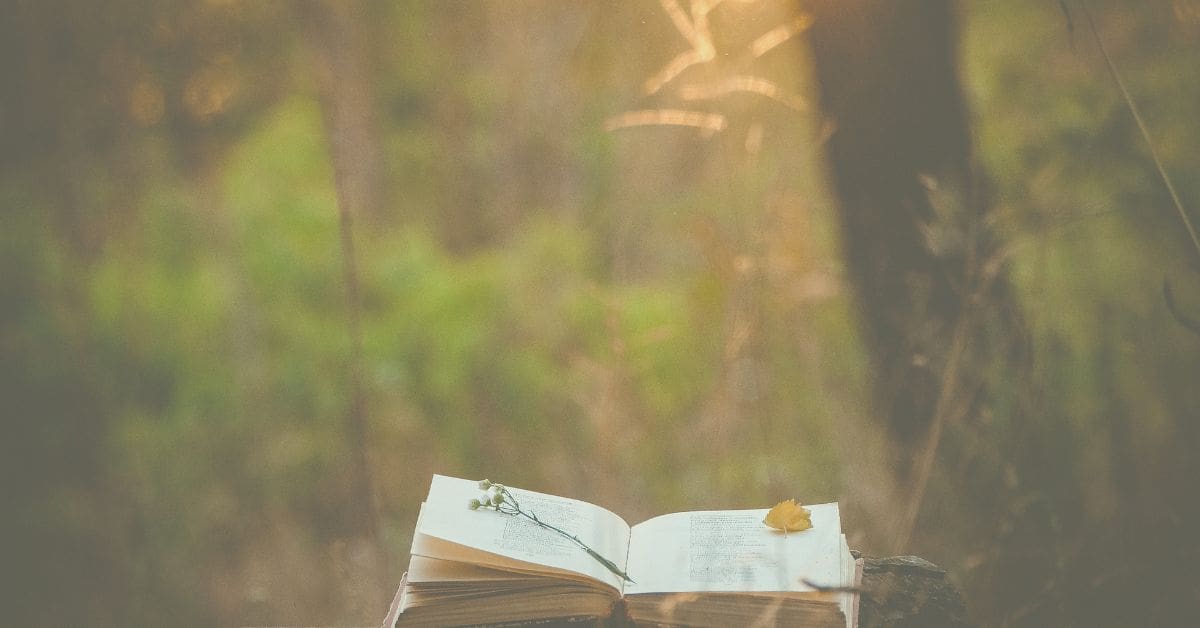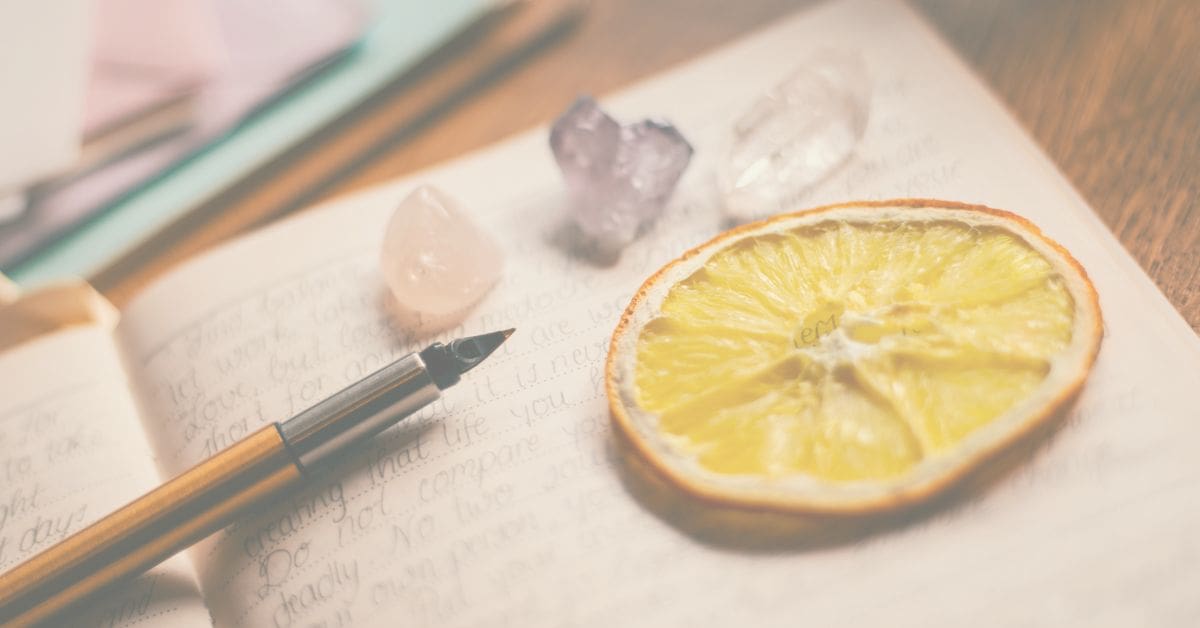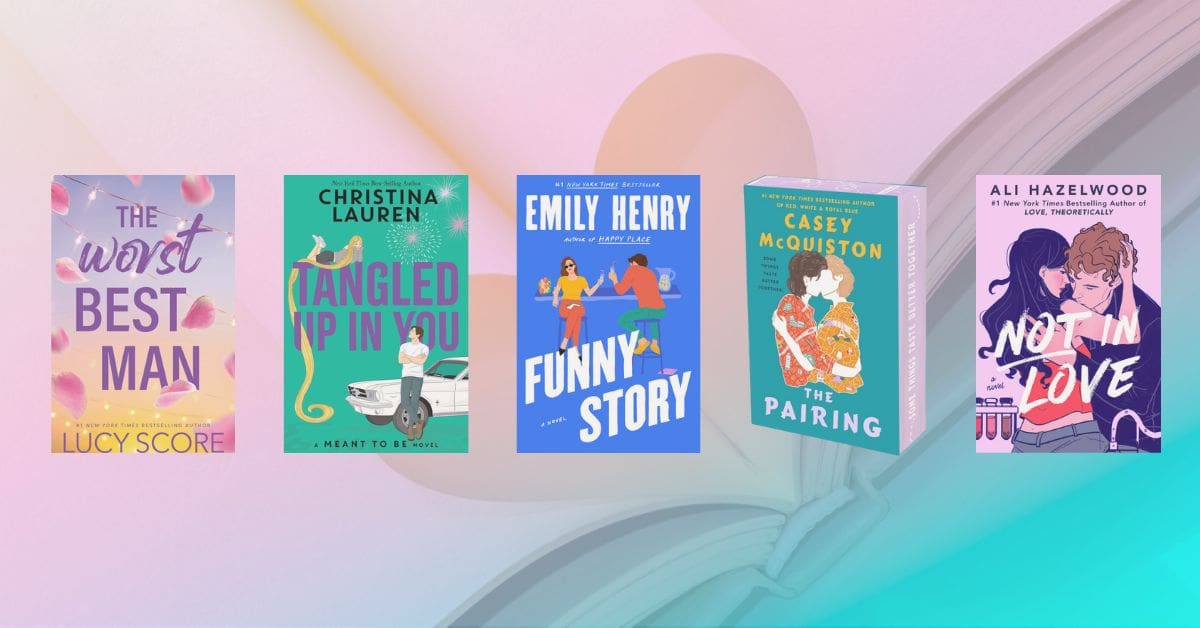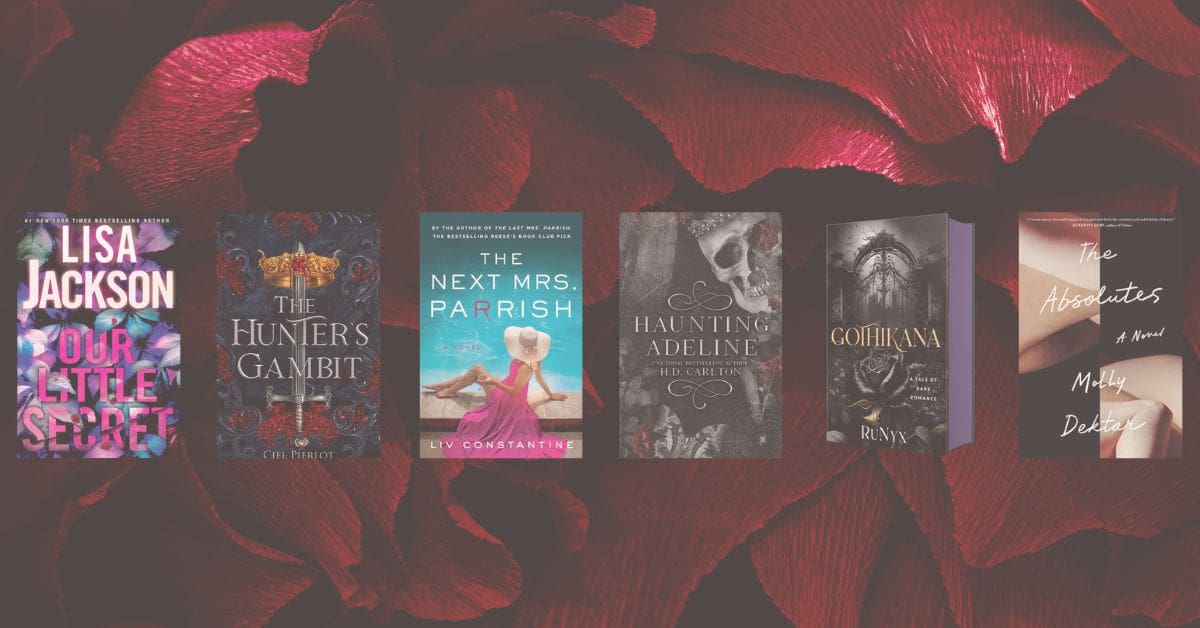Looking to dive into the work of classic poets? Start here!
Most of us were introduced to classic poets in school. But there is a big difference between reading poetry because you have to and reading poetry for fun. Don’t let preconceived notions keep you from diving into a little classic poetry.
Many of these poets have been inspiring writers for centuries. Their work is beautiful, innovative, and showcases the time it was written. Poets like Basho created the haiku. Shakespeare perfected the sonnet. Dickinson played so much with form that she may have created a template for modern writers.
Let’s look towards vintage literature for trailblazing poems that still entice readers today.
Sappho – Died in 570 BCE
Considered the greatest lyrical poets of her time, Sappho was dubbed the “tenth muse.” Her poems were written to be sung, accompanied by a lyre, usually in iambic pentameter. Sadly, most of Sappho’s poetry has been lost by time, and what remains is fragmented. There are two exceptions, her “Ode to Aphrodite” and her Tithonus poem. Her remaining poems have been translated into English so they can be enjoyed by modern audiences, and some of her work is still being discovered today in ancient Greek ruins.
Not much is known of Sappho’s personal life. However, she is famously known for being from the island of Lesbos Greece. Many call her the original lesbian – the word coming from the word Lesbos. Much of her poetry was deemed to have homoerotic feelings and was eventually censored by the church. This was one of the leading causes of her work being destroyed.
Rumi – 1207 to 1273
Known today for his love poetry, Rumi was a Persian poet from the 1200s. His poetry has been translated into a number of languages, but his poem “Konya” is widely considered the greatest poem of the Persian language. Actually, many believe that his poetry influenced Ottoman, Turkish, Urdur, and Bengali literary culture.
Considered a spiritual leader as well as a poet, Rumi’s work was well loved while he was alive. His followers are said to have driven off or killed Rumi’s dearest friend. Mourning this loss, Rumi wrote around 40,000 verses, including elegies, odes, and quatrains, which became his epic work, “The Works of Sham Tabirz.” Even today, those who translate his work consider the poet both an artist and a teacher who, through his poetry, teaches us to see the beauty in the world, in others, and in ourselves.
William Shakespeare – 1564 to 1616
The Bard. The most classic of all classic poets. William Shakespeare has quite the reputation. He is known for his plays, but his sonnets are famous in their own right. He wrote 154 sonnets that are broken into two groups. Sonnets 1 through 126 address a young handsome and beloved friend, while 127 – 154 are written about a mysterious “Dark Lady.”
No matter who the subject, these sonnets all deal with the idea of time and decay alongside the depictions of love and beauty. Many of his sonnets have been used in classic love poem collections or in Valentine’s Day cards. If you’re craving a fresh look at Shakespeare’s poetry, consider reading a few of his comedies. The bard didn’t just write sonnets, he also wrote whole plays in verse.
Basho – 1644 to 1694
Matsuo Kinsaku was born in Kyoto, Japan just before the country closed its borders to foreigners. As he grew up and began writing, Kinsaku – now known as Basho – would develop a key part of Japanese literary culture – the Haiku.
Basho was a haiku master. He took older forms of Japanese, Chinese, and Taoist poetry and created the form that we know today as a haiku – three un-rhymed lines of five syllables, seven syllables, and five syllables. Most of his work showcases the natural world and encourages stillness. His work is still considered some of the most beautiful poetry of Japan. Poets still try to capture the same simple beauty, personal awareness, and grandeur in such a small form centuries later.
Elizabeth Barrett Browning – 1806 to 1861
Considered one of the best female poets of the 19th century, classic poet Elizabeth Barrett Browning had a bit of competition in the world of poetry. She was often out-shinned by her poet husband, Robert Browning. However, after William Wordsworth’s death in 1850, she was considered to become his successor as poet laureate of England. She was not named poet laureate, but she was still a household name.
After writing poetry for years as a teenager, Barrett-Browning’s most famous poems came when she was a young adult. Many of her poems told stories of women in love, women dying of heartbreak, and women dependent on their families. She would become most known for her poem “The Cry of the Children,” which discussed the issue of child labor. With countless sonnets, epics, and other poems under her name, she was certainly the voice of women of her time.
Walt Whitman – 1819 to 1892
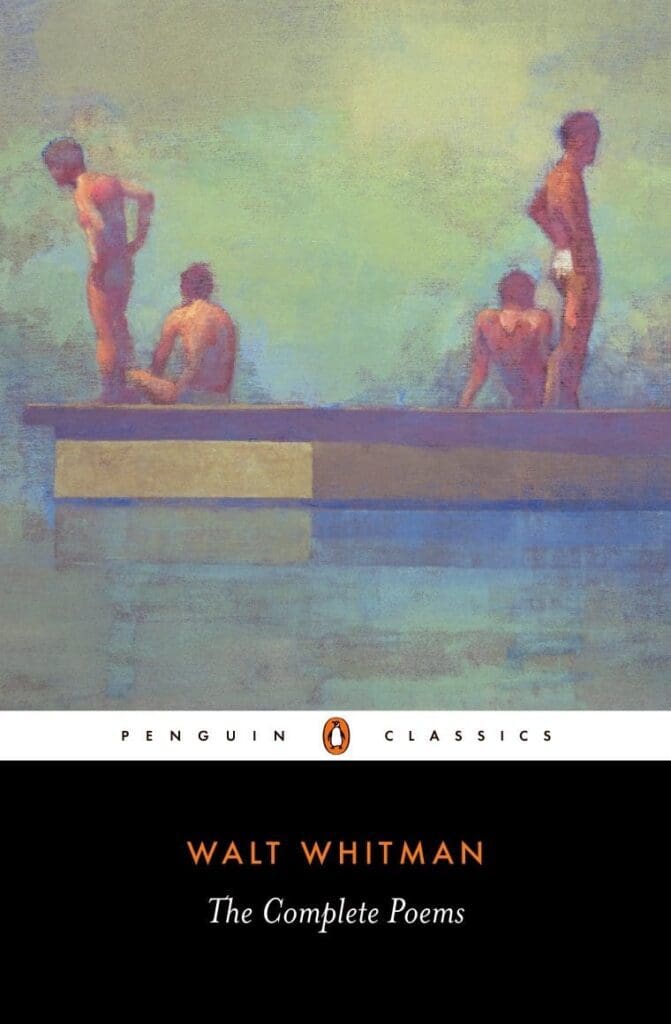
Considered “America’s Poet,” Whitman influenced countless poets that came after him. Whitman began his writing career as a journalist, writing, editing, and starting papers in Brooklyn. All the while he was writing poetry. His poetry would lead him to create the first edition, and continually editing many further editions, of his most famous work, Leaves of Grass.
Most of Whitman’s work focused on celebrating democracy, friendship, and nature. At the time of publishing, Leaves of Grass wasn’t very popular. Many people didn’t care for the way Whitman spoke of sexuality, the working class, and his overall style. However, over the years, as he expanded his work, some of his poems became more popular, including his elegy to President Lincoln, “When Lilacs Last in the Dooryard Bloom’d.”
Emily Dickinson – 1830 to 1886
If there is one classic poet you were taught in school, it was likely Emily Dickinson. She, like her contemporary Walt Whitman, was also known as “America’s Poet.” Her simple and exquisite poetry is quoted, studied, and imitated to this day. But, simply put, it’s because her work is worth reading.
Dickinson took traditional poetry and decided that it needed to be changed. She experimented with form, freeing poetry from restraint, and created something unique and new. While her poetry wasn’t officially published until after her death, it became very popular soon after. This is because she was able to take something abstract and, through her words and rhythms, make it real. Her simple poems impact every reader, every time they are read.
Sarojini Naidu – 1879 to 1949
Dubbed the “Nightingale of India” by Mahatma Ghandi, Sarojini Naidu wrote poetry that filled the page with light, imagery, and color. Her lyrical poetry wasn’t her only passion, however. Naidu was a political activist who strongly opposed colonial rule in India. Eventually, she became the first woman to hold the office of Governor in India.
Naidu’s writing was very popular amongst prominent Indian politicians. She wrote frequently of India’s struggles for independence and the atmosphere of the country in 1915. Her poem, “The Gift of India” was known for it’s patriotism. Her most acclaimed poem, “In the Bazaars of Hyderabad,” was praised for her amazing ability to appeal to the senses. It truly brings the readers to the bazaar.
Gwendolyn Brooks – 1917 to 2000
As one of the most influential and widely read poets of the 20th century, Gwendolyn Brooks was also the first Black author to win a Pulitzer Prize. Her work reflected and commented on many of the issues of the time, including the Civil Rights movement. Her first poem was published when she was 13. So, her work spanned across a time in history filled with major moments.
Brooks first poetry collection focused on the urban Black experience. Her second collection, Annie Allen won her the Pulitzer in 1949. This collection follows a young Black girl as she grows into womanhood. She even wrote her own version of the epic poem The Aeneid, called “The Anniad.” All of her poems are powerful and rough, but never vengeful or bitter.
Maya Angelou – 1928 to 2014
Maya Angelou has been one of the most popular poets to inspire writers and readers alike, all around the world. Her poem “Still I Rise” empowers women during difficult times still today. She was a prolific writer and a Civil Rights activist. She collaborated with many talented people and accomplished so much during her lifetime. While many know her for her famous novel, I Know Why the Caged Bird Sings, her poetry has inspired poets for decades.
Angelou’s poetry is widely known for its depictions of Black beauty and female strength. However, over the years, her work has included everything from magical first meetings to devastating losses. Her work encompassed so much, spoke to so many, and still impacts readers and writers today.
These are only a handful of classic poets, and many of these are specifically from western poetic cannon. There are so many more poets out there to check out, especially if you enjoy reading translated works. This is just the first step into a much bigger world of poetry.
To stay up-to-date, make sure to keep an eye out for more of little infinite’s featured content as we celebrate poetry, books, and this beautiful hot mess we call life on Instagram and Twitter.
